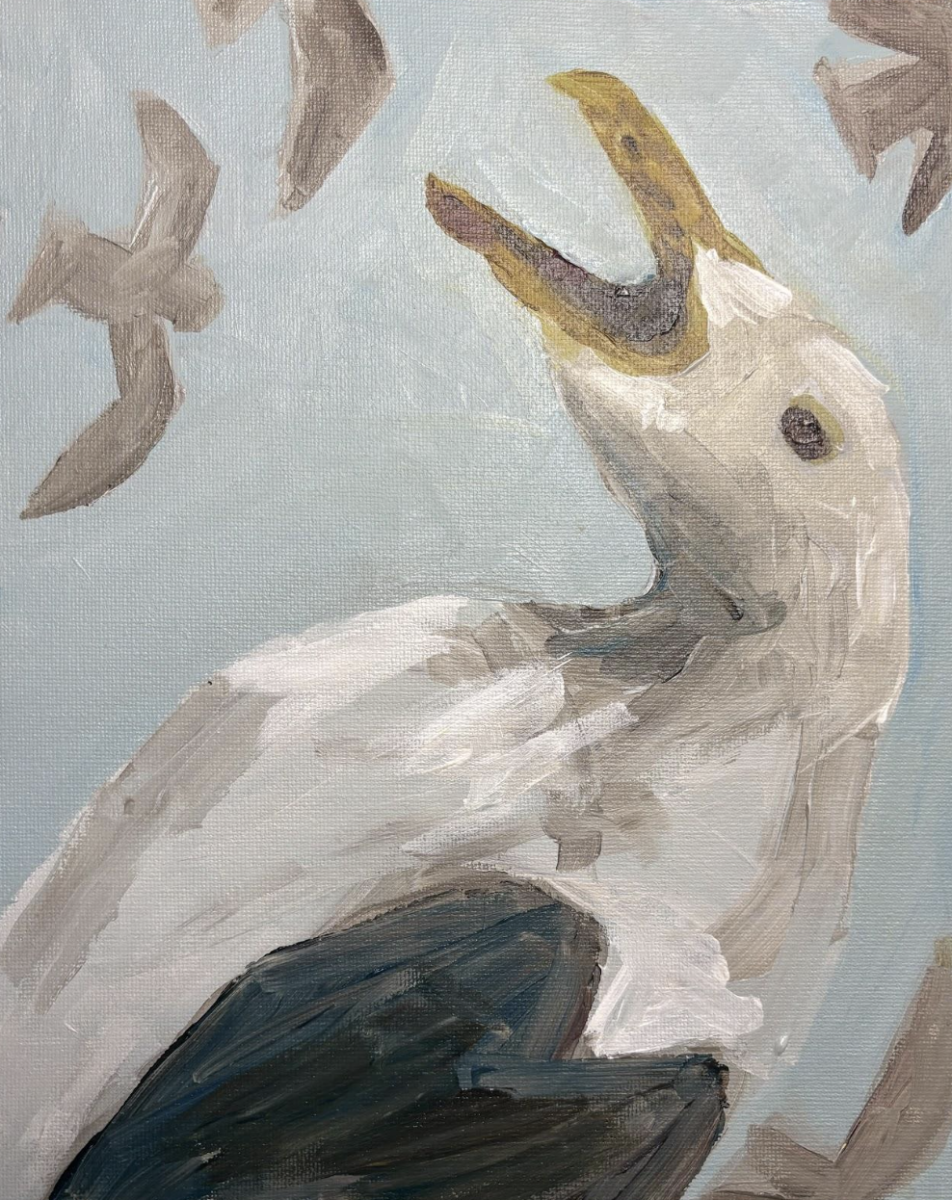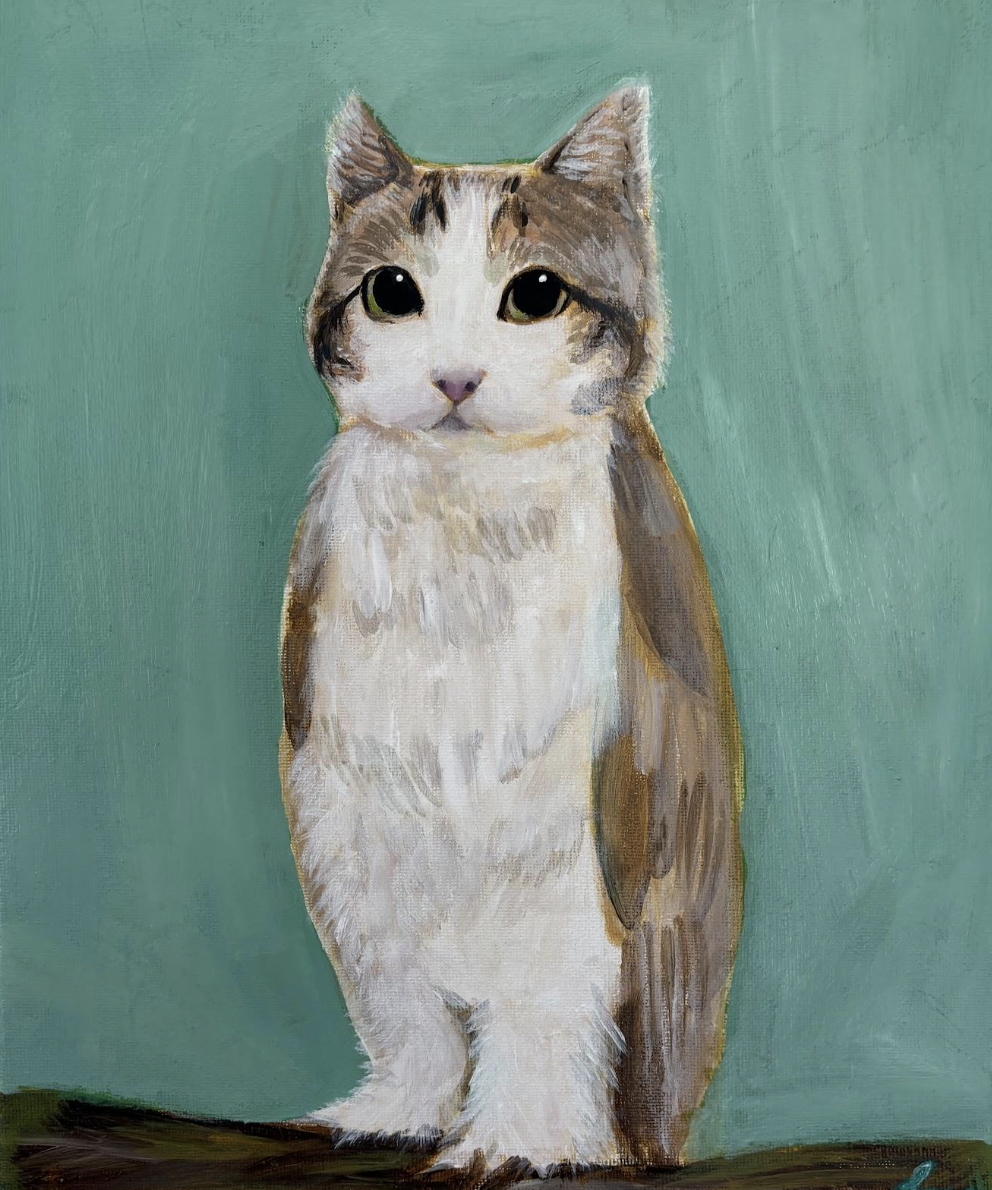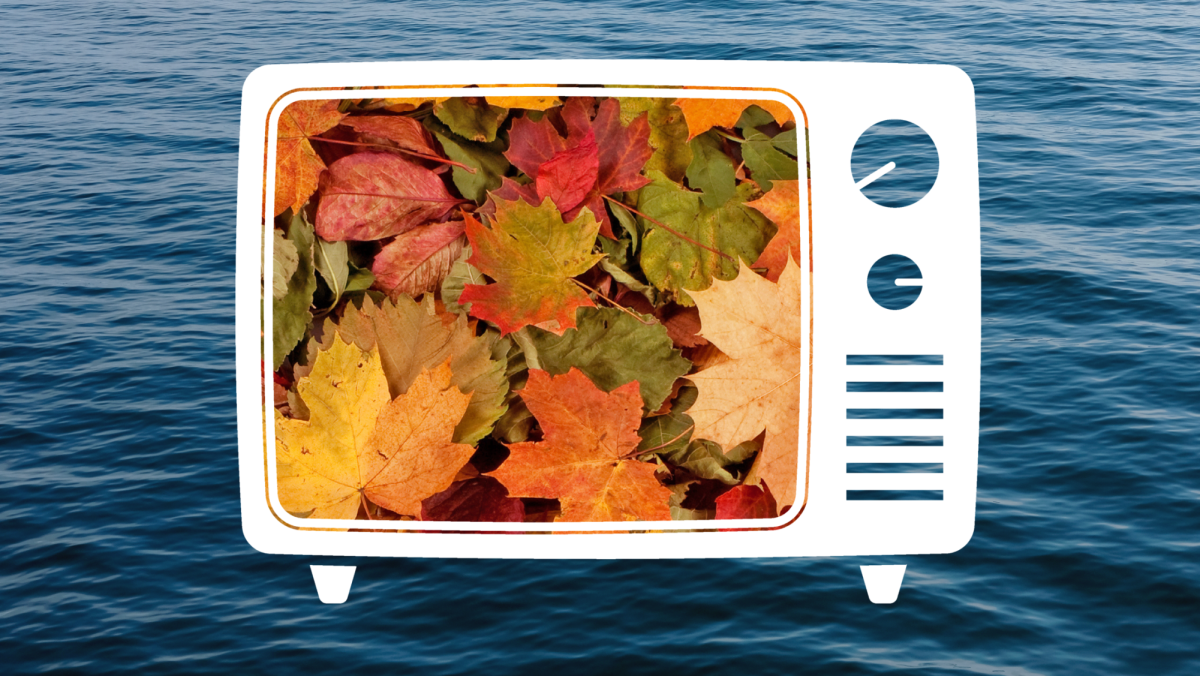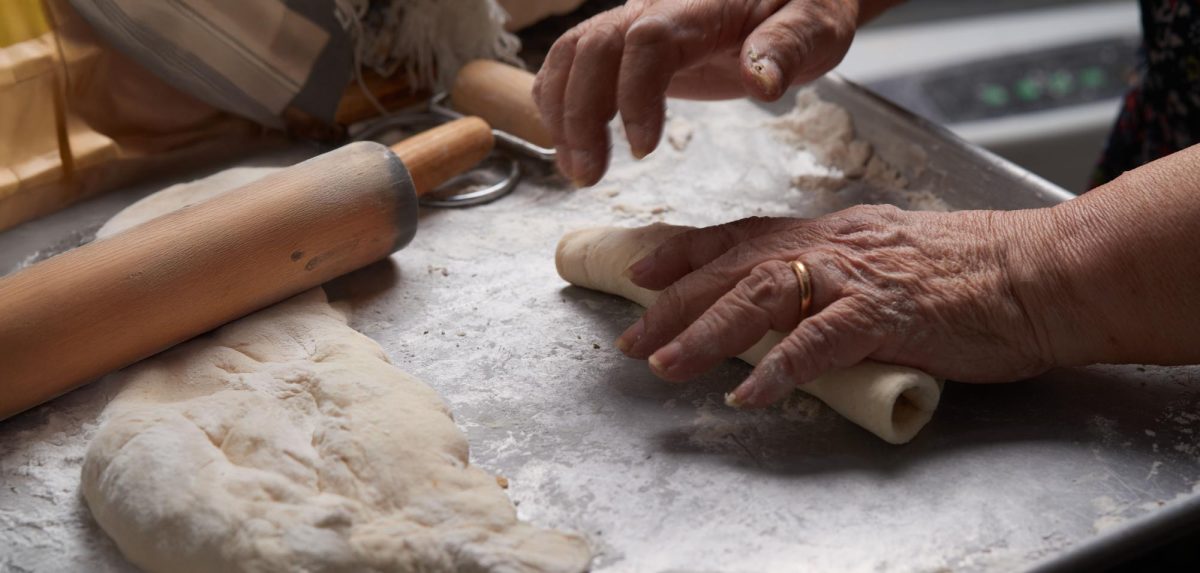What is art? While the answer to this question may be subjective to some people, the general concept that springs to mind is that of a painting in a museum or a digital drawing you see online. However, the introduction of A.I. generated images has raised the question: is A.I. art actually art?
Artificial intelligence has become a point of great contention in many professional and academic circles, especially with the release of OpenAI’s AI-powered language model ChatGPT and the effects that has had on cases of plagiarism and the theft of intellectual property. Until recently, however, there has not been much discussion about artificial intelligence image generators and their impact on the art world.
A.I. image generators are built by feeding existing artwork from large datasets to algorithms that are then used to create an image. This process typically has four steps that must be completed to produce the final product. The first step, dataset selection, is when the user selects a database of pre-existing artwork for the machine to learn different styles and patterns of art. A neural network––a series of algorithms whose purpose is to understand underlying relationships in a dataset––is then used to feed the algorithm images so it can learn specific patterns and common features. The third step, generation, can be completed in two different ways. The first is by inputting a random seed into the generator. An A.I. seed is a series of numbers that tells A.I. how to generate an image. This method is typically used to randomly generate images. On the other hand, if an individual has a certain image type in mind they can input desired keywords and the algorithm will create an output based on the learning done in the previous two steps. The final step in this process is the refinement stage where additional algorithms and techniques (i.e. style transfers or image filtering) are used to create a more aesthetically pleasing final result.
While many people most likely use this technology for their own entertainment, we shouldn’t ignore the damaging and sometimes illegal actions of A.I. image generators. In early 2023, artist Kelly McKernan joined two other artists in filing a class action lawsuit against Midjourney, Stable Diffusion, and DreamUP––three prominent generative A.I. image programs. This lawsuit alleges that the artists’ work was added to LAION-5B, a publicly available nonprofit database utilized by the three programs that indexes more than 5 billion images from across the internet, without their consent. They also claim that they were uncompensated nor were they credited for their work being used in this database. A similar case has also been filed by Getty images against Stable Diffusion.
The artists allege that the art generated by these machines are not transformative, and therefore not protected under copyright laws, and are instead just a “blending together” of different source materials. There is some precedent for this stance with the winning piece of the 2022 Colorado State Fair: Théâtre D’opéra Spatial created by Matthew Allen. Even though it won first place at the event, according the the U.S. Copyright Office, the piece is not eligible for copyright. This is because Allen used the A.I. program Midjourney to create it and copyright protections don’t extend to artificial intelligence due to the fact that only human authorship is considered for copyright protections. So while the definition of art might someday expand to include these artificial intelligence generated images, at least today they have been deemed to not be art.





